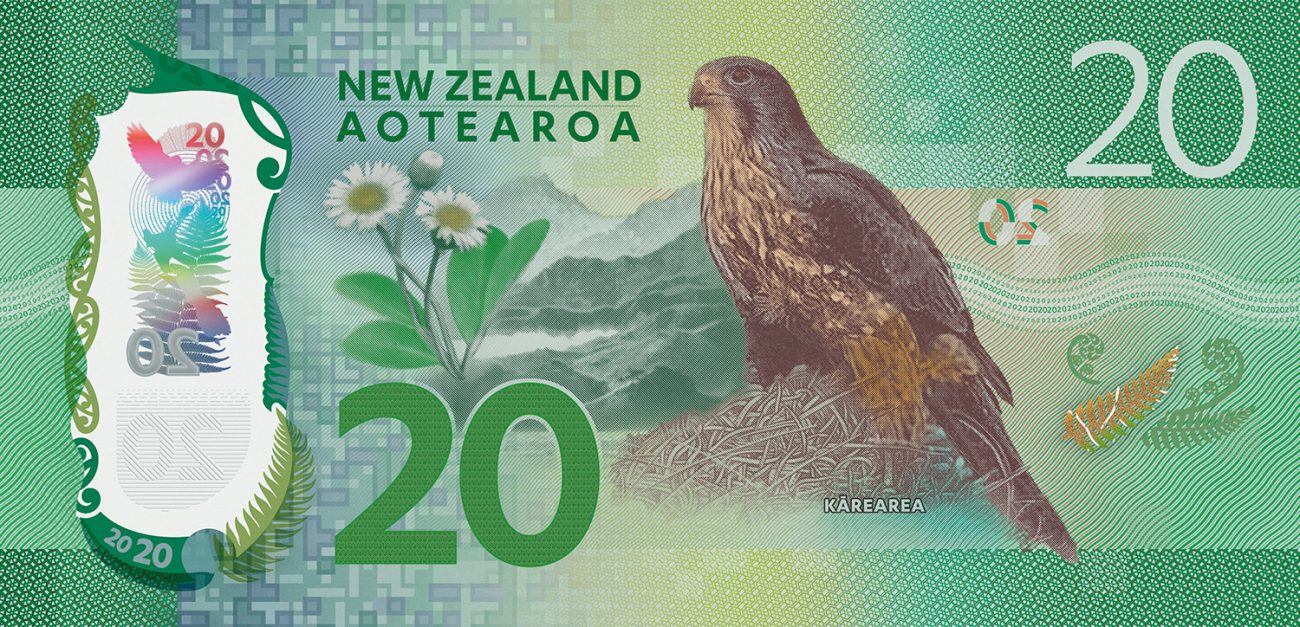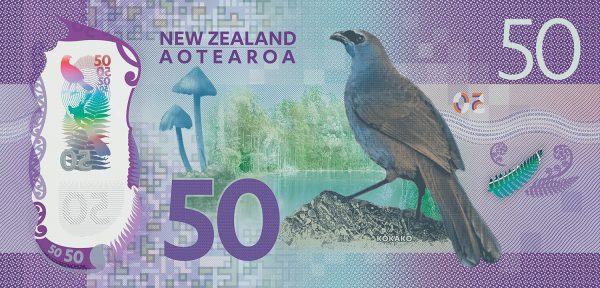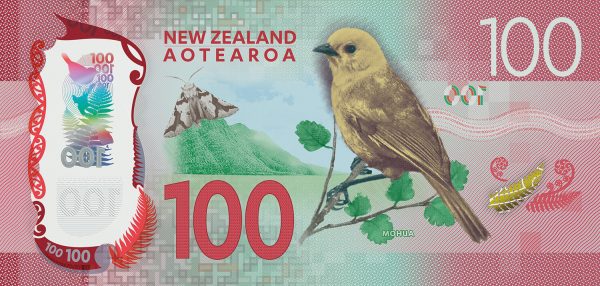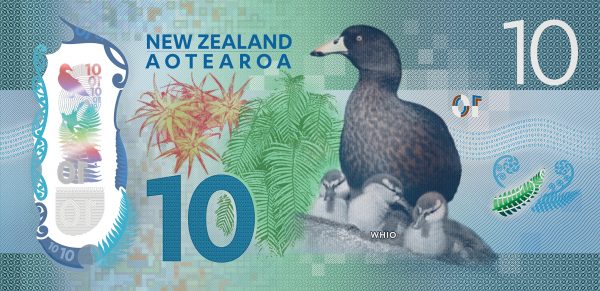Kārearea
The story of the bird on our $20 note.

Kārearea, also known as the New Zealand falcon, bear the large, forward-facing eyes that signify a hunter. They are carnivores, flying at the top of the food chain and sustained by those below them.
Long ago, New Zealand had other endemic birds of prey, but they failed to weather the onslaught of humans and mammalian predators. The giant Eyles’ harrier disappeared soon after Māori arrived, the even bigger Haast’s eagle vanished with its moa prey, and the laughing owl fell to mustelids.
But kārearea remain as dynamic, spectacular hunters, flying faster than any other New Zealand bird to take prey on the wing.
Before eating their unfortunate victim, they sever its neck bones with a specialised notched ‘tooth’ common to all of the world’s 38 falcon species. Then they pluck it.
Most meals comprise a small bird, but they occasionally take prey larger than themselves (they are magpie-sized). This rouses the ire of pigeon- and chicken-keepers in particular, some of whom shoot, trap and poison them. Such persecution is one of the kārearea’s main threats.
“Most of the birds we get in here have been shot,” says Debbie Stewart of the Wingspan National Bird of Prey Centre in Rotorua. “It’s criminal.” She speaks of both her outrage and the law: native birds have absolute protection under the Wildlife Act.
Wingspan and the Marlborough Falcon Trust operate facilities that rehabilitate injured kārearea and breed in captivity.
The main image on the $20 note showcases Shaheena, whose regal figure sits on the reverse side from Queen Elizabeth II. Shaheena is a small, dark bush falcon, a form classified as ‘threatened/nationally vulnerable’ and found mainly in the North Island. The similarly threatened southern falcon dwells in Fiordland, Stewart Island and the Auckland Islands, and the large, pale eastern falcon (classified as ‘at risk/recovering’) lives in the eastern South Island. The forms differ in size and colouring, but not genetically.
Another celebrity falcon is Tappe, whose recent patrolling of the University of Canterbury campus scared away pest pigeons. The hunting proclivity of the kārearea is also in demand by people wanting to deter introduced birds and pests from places such as golf courses and vineyards.
The rehabilitation facilities release some kārearea at these sites, which are screened for another killer threat: power poles. Falcons don’t glide while they scan for prey like hawks do, but instead choose tall trees as vantage points. Where these have been cleared, they use power poles as substitutes. Their wings bridge wires, and electrocution is common. Some lines companies are installing insulated ‘falcon-safe’ alternatives.
Nests are another weak point for kārearea. Often they merely make a scrape in the ground, in which females lay mahogany-toned eggs. Parents avidly defend nests by dive-bombing intruders. But they operate by sight, and become defenceless in the dark—eggs and chicks are frequently ravaged at night by mustelids, cats, rats, pigs and hedgehogs.
Carers at Wingspan and Marlborough capitalise on the darkness effect, just as falconers have for centuries: they still their charges with a hood, which is so effective that they can even X-ray hooded birds. They also rebuild injured birds’ fitness with ancient falconry techniques, which are based on the way parent falcons teach their young to hunt. The birds perform in captivating public displays of the art, and afterwards a falcon perches on the arms of willing audience members.
“Sixty thousand kids have held a falcon on the gauntlet here,” says Stewart, who advocates passionately for the birds. “They will never grow up to harm one.”















